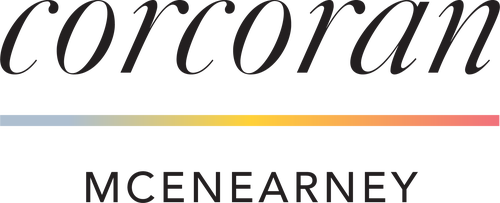Three Unexpected Advantages For Today’s Homebuyers

Think it’s the wrong time to buy? These current market perks might just change your mind.
With the current fickle market, it’s natural for homebuyers to feel hesitant about making a purchase. Interest rates aren’t providing much wiggle room, so the uncertainty is giving everyone pause. We get it! However, we’re here to challenge the question: “Should I wait this one out?”
Surprisingly, buyers may be missing out on a few hidden perks that this current market has to offer, namely less competition, excellent negotiation conditions, and boosted flexibility with timing. Let’s get into it!
1. Avoid The Hidden Costs of Waiting
It’s easy to think you’re playing it safe by waiting. You don’t want to overpay for a home, get too high an interest rate, or make a move at the wrong time. That makes sense. But here’s what many people don’t see right away. Here’s what can happen while you wait:
- Rent continues to rise
- Home prices are stabilizing (increasing in some areas)
- You’re missing out on building equity
- You pass on homes that could’ve been a great fit
There is a real cost to waiting. When you buy now, you can take advantage of today’s negotiating power and start building long-term wealth through homeownership, all while avoiding the cost of inaction. Buyers who make a move today often gain more control over their finances tomorrow.
2. Take Advantage of Buyer-Friendly Conditions
While some buyers are still on the fence, others are already making moves, and it’s not because they’re trying to perfectly time the market. It’s because they recognize the unique opportunities available right now. Here’s what we’re seeing:
- Less competition, which means fewer bidding wars and more negotiating room
- Motivated sellers offering concessions like help with closing costs or interest rate buydowns
- More inventory in certain markets, giving buyers more options and breathing room
- The ability to refinance later if rates drop (ask us about Rate Rebound), but not the ability to go back in time and buy the home you missed
The idea of “date the rate, marry the house” is becoming more and more appealing as time goes on. Acting now could give you more control, more choices, and long-term financial advantages, especially once you’re able to refinance down the road.
3. Build Long-Term Stability and Wealth Through Homeownership
Many renters and potential buyers are asking this question: Is owning a home still a good investment? The short answer is YES. Here’s why buying still makes sense:
- You build equity with every payment (renting doesn’t offer that benefit)
- Your monthly payments stay consistent, while rent often increases year after year
- You can benefit from tax advantages that aren’t available to renters
- You’re in control, from everything like designing your space to how you improve its value through renovations and remodeling
Even if you don’t plan to stay in your home forever, those early years of equity, stability, and ownership can significantly impact your financial future. In other words, the earlier you start, the more you stand to gain.
If you’ve been unsure about whether now is the right time to buy, we’re here to help you look at the full picture and assess your options. We can answer your questions and help build a strategy that works for you, now and in the future. Ready to ditch the hesitations and leap into the future? We’ll be here, ready with a preapproval whenever you are.

Bill Stern | The Stern Team
Branch Manager | NMLS ID # 267577
CMG Home Loans | NMLS ID# 1820
M: 540-222-0164
bstern@cmghomeloans.com
Notice: This is an advertisement and is not a commitment to lend. Contact a loan officer today to explore the financing options specific to each borrower.
Visit corcoranmce.com to search listings for sale in Washington, D.C., Maryland, Virginia, and West Virginia.
Don’t miss a post! Get the latest local guides and neighborhood news straight to your inbox!
Your Mortgage Closing: What to Expect and How to Prepare

Bill Stern of CMG Home Loans joins us this week for a mortgage update.
Your offer has been accepted, you’ve sent your earnest money in, and you’ve started working with your trusty mortgage team whose goal is to get your loan through underwriting and fully approved for your closing. Congratulations!
But along the way, you’ve heard a lot of financial terms bandied about, and you’re feeling a little overwhelmed by all the “mortgagese” used in this industry. Ready for an overview of your loan closing process to help clear things up? Let’s jump right into it!
Understanding Mortgage Terms
During your home closing process, it can be tricky to wrap your head around all the jargon and terms, especially for first-time home buyers. What’s PMI? DTI, LTV, CTC, CD, so many acronyms to keep track of! Below are a few important terms to keep in mind:
- Loan-to-Value Ratio (LTV): An LTV ratio is calculated by dividing the amount borrowed by the appraised value of the property, expressed as a percentage. An LTV of 80% means the mortgage loan is for 80% of the value of the property, with the borrower making a 20% down payment
- Debt-to-Income Ratio (DTI): Your DTI ratio represents the total amount of debt you owe compared to the total amount of money you earn each month, measured as the percentage of your monthly gross income that goes to paying your monthly debt payments
- Example: If your gross monthly income is $6,000 and your debt adds up to $2,000 a month, you divide the debt by your income. Therefore, your debt-to-income ratio is 33 percent ($2,000 is 33% of $6,000)
- Clear to Close (CTC): The golden term in mortgage closing, CTC essentially means that underwriting has greenlit the loan for closing
- Private Mortgage Insurance (PMI) and Mortgage Insurance Premium (MIP): PMI is mortgage insurance required on Conventional Loans with a down payment below 20%, which is added on as a portion of your monthly mortgage payment. MIP is the mortgage insurance required on all FHA Loans, regardless of the size of your down payment. There’s both an upfront premium (UFMIP) and an annual premium payment
- Closing Disclosure (CD): Your initial CD is a breakdown that includes fees like your purchase price, loan fees, estimated real estate taxes, title costs, insurance, closing costs, and various other expenses besides – and note: you must sign the CD three business days prior to closing!
The Step-by-Step Process
Simply, here’s a quick snapshot of your mortgage closing process, easily laid out in these 6 steps:
- Loan Processing
- Underwriting
- Conditional Approval
- Clear to Close
- Closing
- Loan Funding
Homeowners Insurance
It’s vital to set up your homeowners policy with a reliable insurance agent. Your closing could be delayed if your policy isn’t created with the correct information as underwriters often have strict requirements for property home coverage. It’s for a good reason – they want to ensure your home is fully insured. Your insurance requirements could be even steeper if you live in a flood zone, which will require you to obtain flood insurance separate from your regular homeowners policy. Here are a few important insurance items that your agent will need to provide us ahead of time:
- Policy declaration page or binder providing 12 months of coverage
- Invoice or paid receipt
- Replacement Cost (noted on policy) or a separate Replacement Cost Estimator (RCE) document
Please Note: If your closing date does move up, even by a day, be sure to call your homeowners insurance agent to adjust the policy periods. Your policy period cannot start after your closing; it can start up to 15 days before your closing but never after.
Title Insurance
Title insurance offers protection from problems with a property’s title, including liens, ownership disputes, and encroachments. It’s a safeguard for both the lender and the home buyer against potential issues with the deed once it’s transferred from the previous owner. As the lender, we will request this and update the old title insurance with our mortgagee clause and your information. On top of the title policy, we receive the Closing Protection Letter (CPL), the title invoice, and the Wire Instructions.
Your Closing Date
It seems simple: you’ve received CTC, you’ve signed your closing disclosure three days prior to your closing, and your closing date is set with the title company and the sellers – you’re ready to move! What else is left to do? We just ask that you set realistic expectations, even at this final stage. Maybe the seller needs to move up or push back the date for various reasons. Delays can happen at any stage. We also ask that you try not to move your own closing date willy-nilly. You may need to update your insurance policy’s effective dates, for instance. We may also need to re-verify your employment if the closing gets pushed back. These are important things to keep in mind!
We hope you now feel ready to take on homeownership since we’ve ironed out some of the details of the loan process itself. You’ll have a dedicated team working with you throughout the loan processing period, so if you need anything clarified or re-explained, we’re here to help you every step of the way.

Bill Stern | The Stern Team
Branch Manager | NMLS ID # 267577
CMG Home Loans | NMLS ID# 1820
M: 540-222-0164
bstern@cmghomeloans.com
Notice: This is an advertisement and is not a commitment to lend. Contact a loan officer today to explore the financing options specific to each borrower.
Visit corcoranmce.com to search listings for sale in Washington, D.C., Maryland, Virginia, and West Virginia.
Don’t miss a post! Get the latest local guides and neighborhood news straight to your inbox!
The Importance of an Emergency Fund When Planning on Buying a Home

By Bill Stern, Branch Manager for CMG Home Loans
Saving for your home doesn’t end with a down payment.
If you’re looking to buy a home, do you have an emergency fund? If you’re like many prospective first-time home buyers, this question may have sent a chill of anxiety down your spine.
You’re not alone. This is a big financial regret for many, but especially for Gen Zers and Millennials, who, according to CNBC, feel “not saving enough for emergencies ranks at the top of their lists.”
But don’t worry! We’re here to provide you with helpful information about emergency funds and calm any homeowning anxieties you may have, ensuring that your homeownership journey is a successful one.
A Safety Net for the Unexpected
It’s not just good to be prepared for the worst, it’s essential. What if you’ve just moved into your house using all of your savings, only for a tree to smash through your roof a week later — how can you afford the repairs? An emergency fund is exactly what you need in these unpredictable, money-leeching scenarios. Your back-up savings account is the bread and butter of happy homeownership, like a friend you can always count on in an emergency.
Other New Home Repair Woes
Aside from a tree crashing on your roof, the unexpected “joys” of homeownership can have a funny habit of making themselves known within the first few months of moving into your dream home. The furnace might be on its last leg and you might’ve moved in right before winter. Or you may have to deal with a closet collapsing, a leaking garage roof, water damage in your crawlspace, a malfunctioning defrost tube in your fridge, or perhaps your water stops working in general, leading you to fully replace your well pump and pressure tank.
If you’re not a handy person, you’ll pay a sizeable amount to professionals to patch together the home you just spent a big down payment to buy. An emergency fund can help assuage your anxieties and take care of these unforeseen circumstances.
Offset Income Loss or Unemployment
Career changes and unexpected unemployment are an unfortunate possibility. Whether it’s a reduction in your work hours or a companywide lay-off, an emergency fund can serve as another type of safety net. You’ll want to save enough money to cover your monthly mortgage payments and other household essentials.
How Much Should I Save?
This general rule of thumb suggests 3-6 months of basic living expenses to set aside. However, once you hit that goal, don’t stop setting aside money. Keep contributing a set amount from each paycheck every month just in case. Our loan professionals can help customize your own emergency fund strategy by evaluating your income and lifestyle so that you have a better understanding of how much is enough for your unique situation. You can jumpstart the process by setting a household budget, which doesn’t have to be overly complicated; here’s one from Nerd Wallet that works for nearly every type of household at any income level.
Avoid High-Interest Debt
Because many don’t have an emergency fund before they become homeowners, people often have to turn to high-interest credit cards to cover those unexpected costs. Having your safety cushion means that you don’t have to accumulate high-interest fees and can avoid a nasty cycle of debt, keeping both your credit score and financial health intact.
Set Realistic Goals
The idea of starting an emergency fund may seem daunting, but it doesn’t have to be. You can start small and set realistic savings goals, increasing these goals as you achieve them. You can easily set up automatic transfers from your checking account to your savings account. It’s all about making saving money a habit.
It’s important that you move into your new home with a solid financial foundation and a boosted peace of mind. Reach out to our CMG financial advisors today for more tips on preparing yourself for homeownership and setting yourself up for success.

Bill Stern, Branch Manager | NMLS ID# 267577
CMG Home Loans | NMLS ID# 1820
540-222-0164 | Website | Email Me
Notice: This is an advertisement and is not a commitment to lend. Contact a loan officer today to explore the financing options specific to each borrower.

 Facebook
Facebook
 X
X
 Pinterest
Pinterest
 Copy Link
Copy Link





